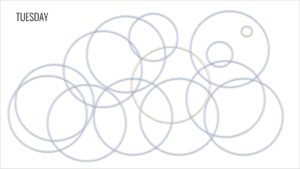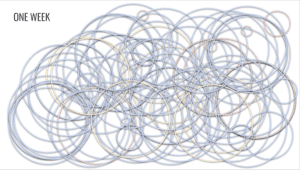For our final project, Ashley, Vicky, Theresa, and I worked with the Sapporo Upopo Hozonkai Preservation Society to develop a website that is both functional and sustainable in the long-term. The website is comprised of seven main pages: Home, About, Events, Identity, Culture, Game, and Contact. The Home, About, and Contact pages we deemed necessary for any website. The Events, Identity, Culture, and Game pages were specifically tailored towards the Preservation Society.
The purpose of the project was to produce something functional, which they might continuously use and provide links to, and something sustainable, which they might update in the future without additional help from our class. I assisted with some design elements of the website as well as the titles of the main pages, however my primary role was to produce content for the Identity page based on the interviews we conducted at NYU Shanghai. I created five short videos based on the interviews as well as the provided footage given to us by the group. I also incorporated some relatively trendy music choices into the piece in order to provide a modern feel to the videos. I had a lot of trouble beginning the editing process, as I had to sit with a friend outside of class for about three hours straight to translate each interview. Apart from that, there weren’t a lot of challenges during the editing and post-production processes.
Throughout this project, I realized that communication is key, not only amongst team members, but also amongst those partner organizations that you decide to work with. Translation during the interviews at NYU Shanghai was quite hectic, as Roslynn was the only individual present who spoke fluent Japanese and we had to share amongst both Ainu teams in order to translate what was going on. Apart from that, I think the development of the project went rather smoothly. Not much changed from our initial project proposal, apart from perhaps the titles of our pages. Rather than “Textures of the Ainu” and “Sounds of the Ainu,” we created overarching pages with tabs underneath each of these themes. I edited the interviews down with the preferred content based on in-class feedback, and also ended up incorporating a lot more provided footage in order lessen the serious tone of the videos. I felt the project was quite successful as a result of the changes we made based on feedback. The one thing I would change is the color scheme, but as it was chosen by the Preservation Society, it was necessary to work with their preferences. But overall I think the project worked out very well.

